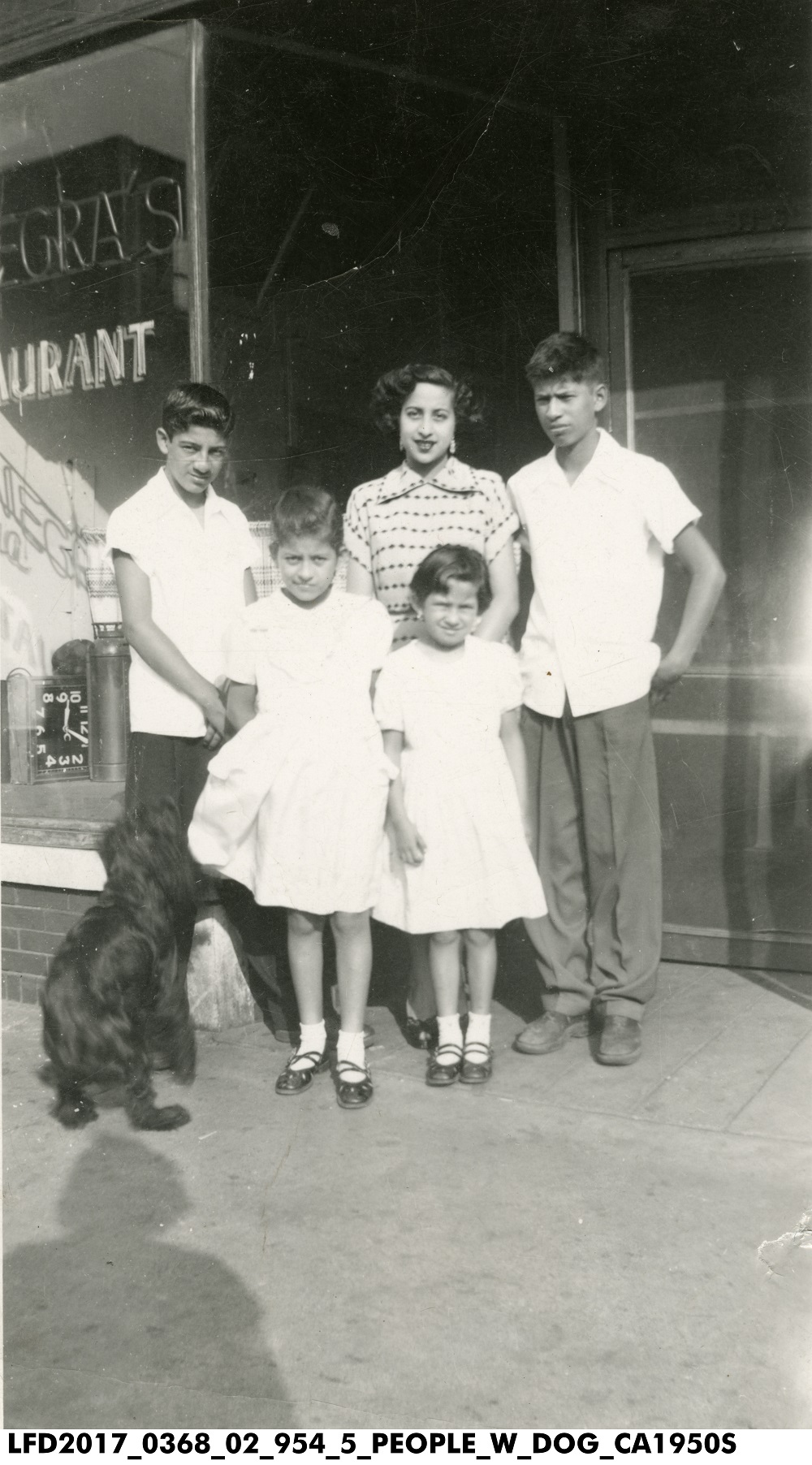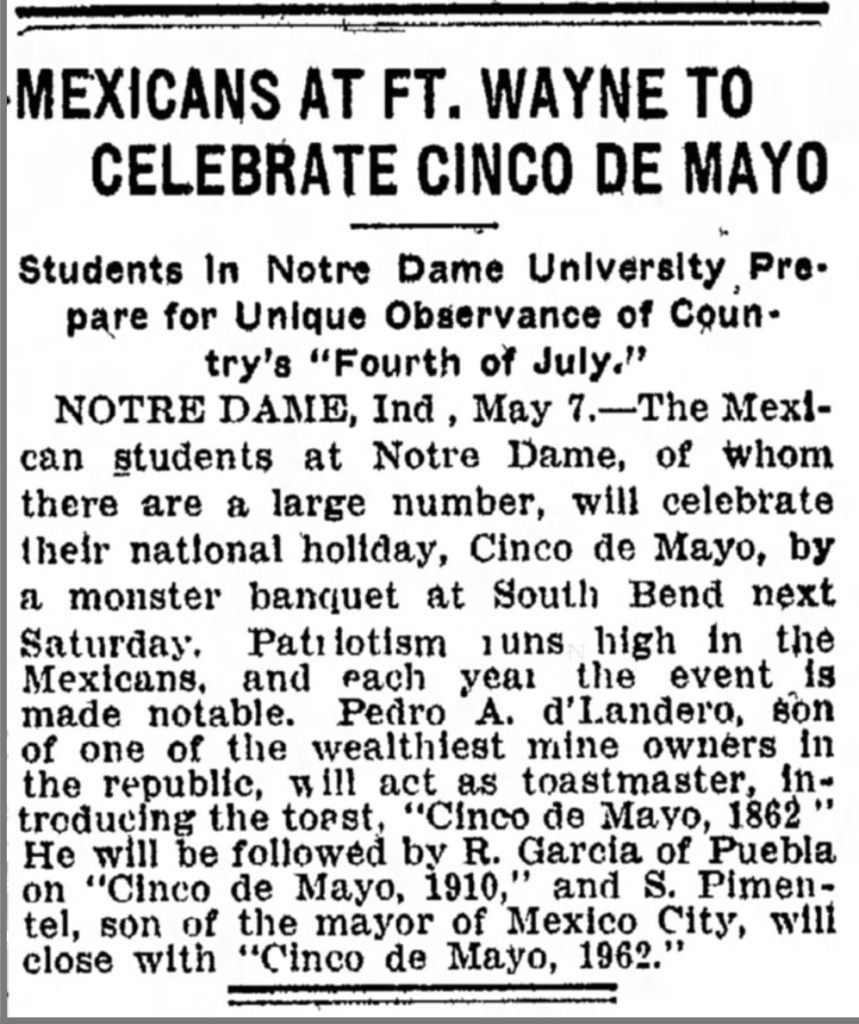
Purchase Tickets
The Real History Behind Cinco de Mayo
April 29, 2021

Cinco de Mayo is a Mexican holiday widely celebrated in the United States since the late 1800s. Ever wonder why? First, you need to understand the history and significance of this day.
Cinco de Mayo, or the fifth of May, commemorates the Battle of Puebla in 1862 where Mexico defeated the French. Those less familiar with the timeline of this country’s history are quick to assume that this is a celebration of Mexican Independence. Fifty-two years earlier, in 1810, Mexico earned its independence from Spain. Mexican Independence Day or Fiestas Patrias is celebrated on September 16.
While Cinco de Mayo is acknowledged and celebrated in Mexico, it is not treated as federal holiday. In the United States, Cinco de Mayo celebrations began the following year in 1863, in the southern border states like California. Fifteen years before the Battle of Puebla, California and other southwestern states were formerly Mexico. Mexican citizens were made U.S. citizens overnight by the Treaty of Guadalupe Hidalgo in 1848.
In Indiana, as early as 1910, Mexican nationals who were attending Notre Dame University were preparing to celebrate Cinco de Mayo in South Bend with a “monster banquet.” Students of note were Pedro A. d’Landero, who was a son of a wealthy mine owner, served as the banquet toastmaster. He and others would give speeches, Pedro’s was titled “Cinco de Mayo 1863,” followed by R. Garcia of Puebla with “Cinco de Mayo, 1910” and S. Pimental, son of the Mayor of Mexico City who gave the closing speech titled, “Cinco de Mayo, 1962.” The Indianapolis Star article misattributed this celebration as the Mexican “Fourth of July.” Any further mention of these celebrations in Indiana newspapers would not be widely reported until the 1930s.

Mexicans at Ft. Wayne to Celebrate Cinco de Mayo: Students in Notre Dame University Prepare for Unique Observance of Country’s “Fourth of July.”; Indianapolis Star, Sunday, May 8, 1910
During the Roosevelt presidency, the Good Neighbor Policy was implemented in 1933 to formally establish friendly relations between the United States and the countries of Latin America. The goal of these Pan-American diplomatic relations was to maintain peace and economic stability in the Western Hemisphere. Pan-American relations were initially established in 1890 with the first International Conference of American States. On April 14, 1930 Pan-American day was proposed as a national holiday.
With these broadened perspectives of Latin America, Indiana newspapers of the 1930s would begin to report on Cinco de Mayo celebrations that took place in the western United States or the Mexican capital city of Mexico City and historic Puebla. In the United States, while the celebrations were typically patriotic, the Chicano Civil Rights era of the 1960s would shift the meaning of this holiday. Mexican Americans or Chicanos celebrated by identifying with the Mexican revolutionaries who thwarted the threat of European rule by France, then a global superpower.
Today, in the United States the history and patriotism of this day is a bit lost in translation. Commercialization of this Mexican holiday emphasizes the consumption of tequila, margaritas, Tex-Mex and Mexican food. But to truly celebrate this holiday via culinary means is to enjoy Mole Poblano. Mole (pronounced mo-lay) is a dish well known and loved across Mexico and has pre-Hispanic indigenous roots. The name Mole derives from the Aztec word Mulli, meaning “sauce.”
Mole Poblano originated in Puebla, where the battle against the French took place. This gravy like sauce is served over pork, turkey or chicken, which can be used as a filling in tamales or as the main dish. Each recipe is different, most are made from several types of chiles, spices, roasted nuts, pepitas, raisins, tomatoes, garlic, onion, Mexican chocolate, bits of corn tortilla or ground toast. Traditionally the plated dish is then sprinkled with toasted sesame seeds prior to serving. There are different types of Mole and each one is uniquely and regionally differently.
Before the modern age of food manufacturing, it would take days to prepare. Given the labor intensiveness of this dish, it was reserved for special occasions. Mole Poblano can be found on the menus of Mexican restaurants in Indiana and throughout the United States. The sauce paste or base for Mole Poblano can be found in most grocery aisles of national chain grocers or neighborhood tiendas (Mexican grocery store).

Aguilera siblings stand outside of their family Mexican restaurant called Bocanegra’s in Indiana Harbor, ca. 1950. Photo credit Amanda Aguilera, Indiana Historical Society
So, when you want to authentically celebrate Cinco de Mayo at your local Mexican restaurant, make sure you order Mole or Mole Poblano. In Indiana, Mole sauce base is produced by Latino food brand, El Popular, established in 1925, making it Indiana’s oldest Latino-owned business.








